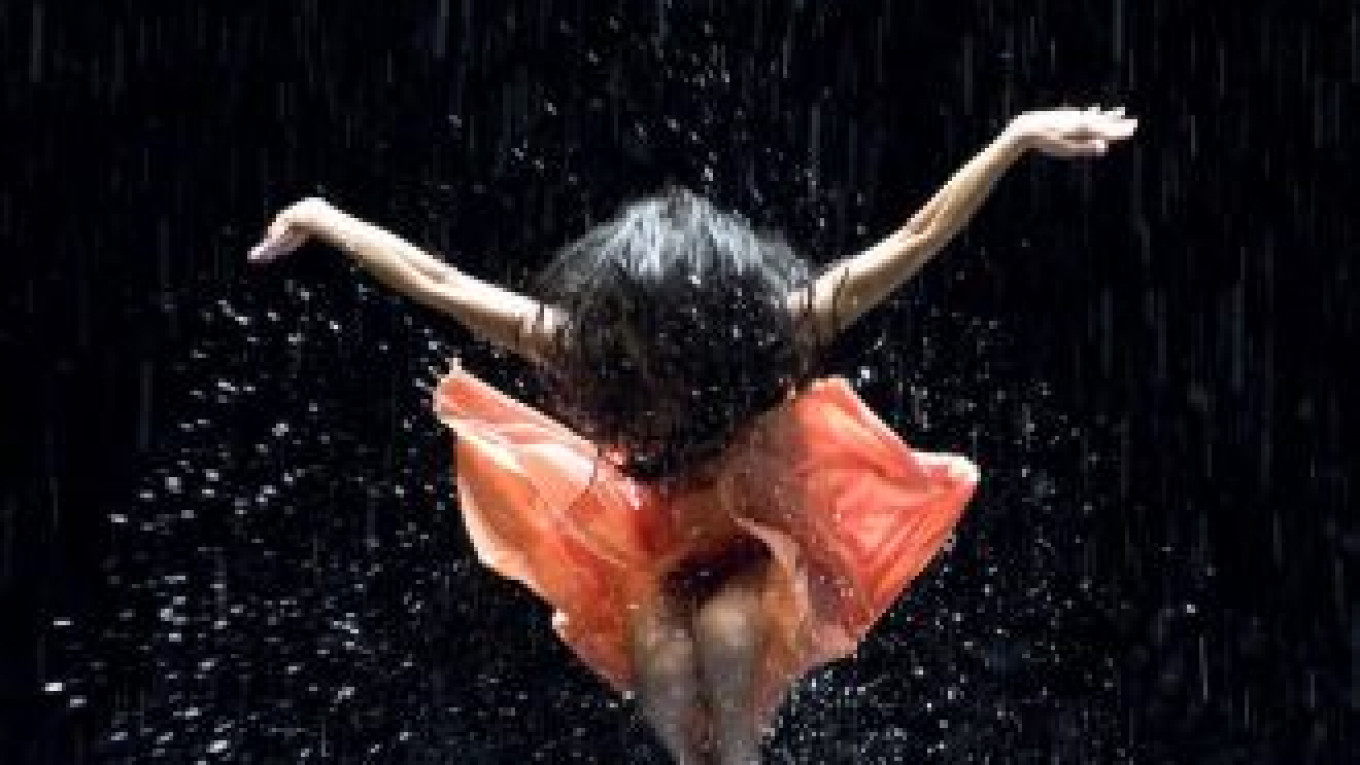Wim Wenders’ new film “Pina” is a rare event, a movie whose use of 3D technology actually serves the material.
A homage to the late German choreographer Pina Bausch, “Pina” is one of only a handful of European 3D film productions, and the world’s first 3D art-house film. Known for her intricate collaboration with her dancers in the creation of a piece, Bausch died suddenly in 2009 in the midst of pre-production for the film, leaving the cast and director at a loss as to how to continue. The resulting film ends up capturing some of the strange excitement of seeing her dance troupe perform live, while also giving its members a chance to mourn and reminisce about the choreographer’s influence through short interviews and solo-danced memories of the artist.
Shot during the course of a year in Wuppertal, Germany, the film combines works staged for the camera, filmed theater performances and brief talking-head interviews with fragments of archival footage of Bausch herself, unfortunately framed by some eye-wateringly bad 3D graphics. But for the most part the film is stunningly successful. Using large fragments from four ensemble works, as well as more intimate pieces with one or two dancers, Wenders assembles an extremely dazzling collage.
Perhaps afraid of boring an audience unused to contemporary dance, the director cuts away when any hint of monotony looms, selecting only the most intense moments from each piece. There is both humor and pathos in the work he has chosen, and the extreme high definition of the 3D technology gives Bausch’s already powerful work an added edge. And what work it is. “Not theater, nor pantomime, nor ballet and not at all opera,” according to Wenders, Bausch took dance from the stage to the streets and back again, negotiating the terrain between life and art, and bringing everyday movements onto the stage — albeit in a ritualized shape — to create a new art form.
Holding the film together is a smiling chorus that runs throughout the film and takes the form of a typically quirky conga line set to a 1930s jazz soundtrack. Many in the ensemble have been with the troupe for decades, and in addition to being superb dancers they are also impressive actors. Possibly the most revealing aspect of the entire film is that the close-ups allow this quality, which is all but hidden in stage performance, to emerge magnificently.
Wenders uses images of the dancers performing at various locations throughout the city to show precisely how engaged Bausch was with the world outside the theater, preserving one of its most important aspects and neatly demonstrating just how radical a choreographer she was. The director’s use of Wuppertal’s floating tramway, a light rail system that dangles above the city from an overhead track, is used as a kind of visual shorthand for the vertiginous freedom of Bausch’s movements. A woman wearing a long, diaphanous summer gown with a leaf blower strapped to her back chasing leaves around a park perfectly encapsulates Bausch’s idiosyncratic, often physically and psychologically intense work. This is contemporary dance taken to extremes and, like most of the work, is both delightful and melancholy at the same time.
With the future of the group uncertain (the city of Wuppertal’s administration having agreed only to fund the troupe through 2012, when it will perform a retrospective of Bausch’s choreography in London during the Olympic Games), Wenders’ document is all the more valuable. And while it is shown here in German dubbed into Russian, talk accounts for only about 10 minutes of the total running time and is more than made up for by the stunning visuals that need no translation.
“Pina” is now playing in Moscow daily at 11:10 p.m. at Pyat Zvyozd-Novokuznetskaya, in the Arkadia mall, 8 Sredny Ovchinnikovsky Pereulok. Metro Novokuznetskaya. Tel. 916-9169.
A Message from The Moscow Times:
Dear readers,
We are facing unprecedented challenges. Russia's Prosecutor General's Office has designated The Moscow Times as an "undesirable" organization, criminalizing our work and putting our staff at risk of prosecution. This follows our earlier unjust labeling as a "foreign agent."
These actions are direct attempts to silence independent journalism in Russia. The authorities claim our work "discredits the decisions of the Russian leadership." We see things differently: we strive to provide accurate, unbiased reporting on Russia.
We, the journalists of The Moscow Times, refuse to be silenced. But to continue our work, we need your help.
Your support, no matter how small, makes a world of difference. If you can, please support us monthly starting from just $2. It's quick to set up, and every contribution makes a significant impact.
By supporting The Moscow Times, you're defending open, independent journalism in the face of repression. Thank you for standing with us.
Remind me later.






